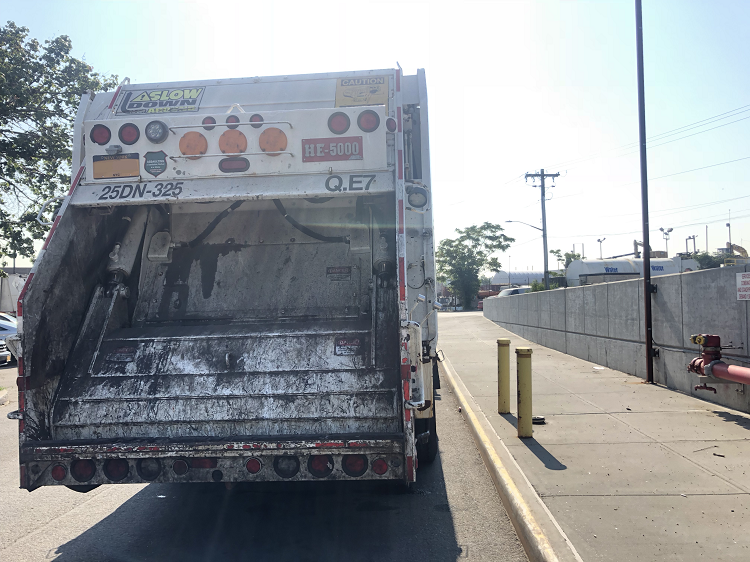Private Carting Air Emission Study
Project Description
Paul Carpenter Associates, Inc. (PCA) was requested to perform air emissions modeling related to the private carting industry in New York City. This project addressed issues with the current open-market commercial waste system that has long been in place in New York City, one being excessive truck traffic. Cities such as Los Angeles and San Jose have established exclusive commercial waste franchise systems with exclusive hauler districts or zones. Proponents of this system believe this model empowers municipalities to achieve multiple environmental, economic, and labor-related policy goals by setting quality and cost-of-service terms in exchange for exclusive carter contracts.
The New York City Economic Development Corporation (NYCEDC), New York City Department of Sanitation (DSNY) and the Business Integrity Commission (BIC) requested an analysis comparing emissions, including greenhouse gases, related to 2016 existing and future 2020 conditions, with and without an exclusive commercial waste franchise system implemented. Other members of the team evaluated the current state of the private carting industry and performed a market analysis to determine the overall structure of the private carting business as well as analyze the cost of service by geography and material type.
PCA was responsible for evaluating exhaust and evaporative air emissions utilizing the USEPA's MOVES2014a model. Emission rates representative of criteria pollutants for which New York City are in non-attainment and maintenance (PM2.5/PM10/CO), volatile organic compounds (VOC) and mobile-source air toxics (MSATs) were developed. The future 2020 analysis with, and without an exclusive commercial waste franchise system implemented, required modeling the benefits of New York City Local Law 145 (LL 145) of 2013. As of 2020, all refuse trucks (>16,000 lbs) must use best available retrofit technology or be equipped with an engine certified to the applicable 2007 USEPA standard for particulate matter set forth in 40 CFR 86.007-11.
A vast Vehicle Identification Number (VIN) database was decoded which included all registered vehicles by carter. The information provided each vehicle manufacturer, model, engine size and fuel type. Information was utilized to create a Custom Domain for all counties of NYC. Emission rates were multiplied by vehicle-miles-traveled (VMT) developed for each scenario, and results were presented to the DSNY Commissioner.
